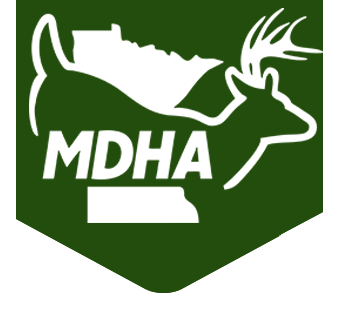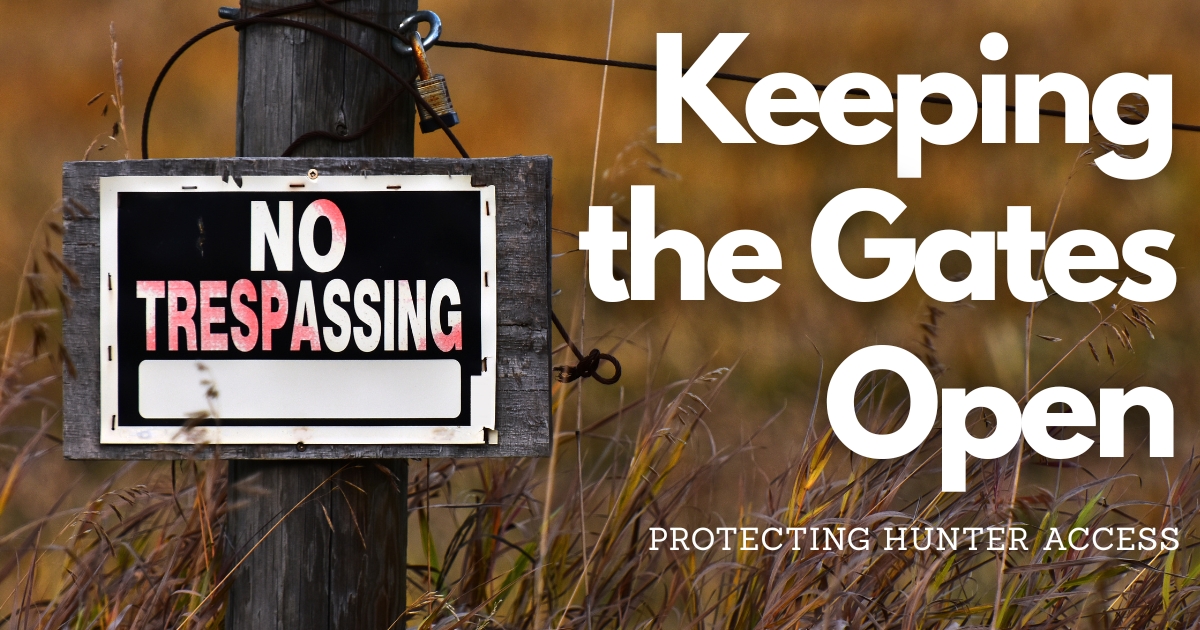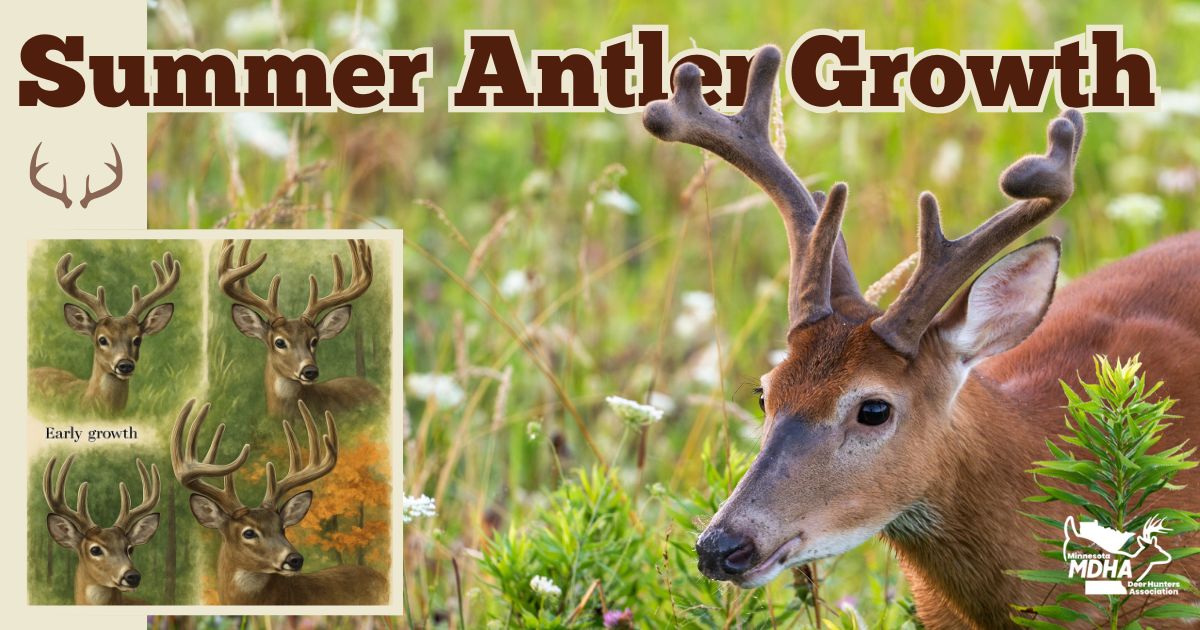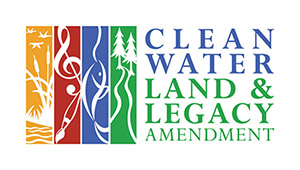
- Matt Upgren
- From Whitetales
- Hits: 2214
Hunting Alder Swamps Where Mature Bucks “Daylight”
- Matt Upgren
- From Whitetales
- Hits: 2214
I’ve always marveled at how just about anywhere in Minnesota where I’ve run trail cameras, I can usually get pictures of a big buck at some point throughout the fall season. Whether it’s a vast aspen clear cut in Itasca County, a willow swamp in Ottertail County, or the suburbs of Stillwater, Minnesota in a thick subdivision woodlot, I’ve gotten pictures of giant bruiser bucks. How lucky we are to have these noble beasts roaming our woodlands and living among us?
However, harvesting one of these animals is another matter, and, although I am reluctant to say it, requires more than luck. To this “luck” point, anyone who has endeavored to lay eyes on these majestic creatures in-person will attest to the difficulty of the task. We all understand the rarity of the encounter. How is it that we can run cameras just about anywhere in this state and get pictures of them, while simultaneously almost never seeing them in-person? Makes one ponder…
Throughout most of Minnesota there are various waterways in the forms of lakes, rivers, ponds, and swamps. Believe it or not, one of my favorite areas to focus on when scouting stand locations for mature bucks are alder swamps. The same concepts will apply to other willow swamps, but in areas I hunt, I see a lot of alder swamps and alder edges.
The very nature of these alder swamps make sense why one would pursue a reclusive animal in them. They are thick, mucky, and difficult to access for the most part. The public lands in Minnesota seem to get more and more hunter pressure over time so it’s no wonder why these animals use the swamps as safe havens from human intrusion.
Even private land has its share of human disturbance whether its kids playing in a backyard, semi-trucks with steel belts humming down the highway, or a farmer working the ground in a big tractor. Deer are constantly getting bumped by humans and monitoring our whereabouts.
This brings me to a point I should make. I believe deer have “zones” in their world. I imagine each zone to be like a heat map. Let’s say there is an area where whitetails frequently encounter human scent (for example the edge of a farm field). That area might be shaded red. But in other areas, say, in a remote alder swamp island, they very rarely encounter human scent so that area might be shaded green. In the red areas (where they frequently encounter a farmer’s scent for example), they expect the scent to be there. They are okay with farmers’ scents there.
That’s why they still come out to the edge of the alfalfa field in the evening night after night. But now in the case of the “green area” or the area where they very rarely encounter human scent, that is the type of area where a buck can feel comfortable bedding. He has an expectation of no human intrusion (or very rare at the least). As a general principle, you will have greater odds of encountering a mature buck (say, four to seven years old for example) in the area where he feels the most comfortable. That’s why alder swamps are such important building blocks in our hunting approach—they create places to hold mature bucks and thus, give us a shot at encountering one.
Now, with this concept of zones, there is a tradeoff at play, like most things in life. If you walk the edge of a farm field, deer expect your scent there, so it comes as less of a surprise to them when they smell your boot tracks. But, if you venture into the alder swamp where deer rarely encounter human scent, they then know something is off and will have a larger reaction to your scent. It’s the same concept as your home. You see random cars driving down the highway every day and you don’t think anything of it. You expect them there. But, what if an unknown red pickup truck was parked in your backyard when you got home from work? You would know something is obviously out of place. Something to consider the next time you pick an entry and exit route to your deer stand. So, when we enter these sacred locations where we expect to encounter a mature buck, it is higher risk, higher reward.
With that in mind, let’s get back to the question of how we set up a stand location to encounter one of these mature bucks. As a general rule for both private and public land hunting, I’m going to first look for a food plot or ag field as my main “doe-zone” or anchor that draws in deer to a specific area. If the ag field is fresh alfalfa, soybeans, corn, etc., that is a very powerful draw and will hold family groups of antlerless deer and young bucks as long as food is there. They will bed in the woodlots and cover patches surrounding that strong attraction location.

Same goes for food plots. They are the nerve-centrals of the whole operation. These food plots or attractive ag fields will have unnaturally high deer carrying-capacity due to the abundance and quality of the food. This will concentrate the deer in a definable area. With this elevated whitetail pressure, however, comes herd social stress, lack of solitude for the deer, and dominance displays between matriarch does. Furthermore, around these areas of high food concentration typically comes high human intrusion like I talked about earlier. This combination of factors makes bedding near these high attraction areas untenable for mature bucks. That’s why I’m scouting the swamps adjacent to these doe-zones.
The alder swamp offers that solitude and remoteness a mature buck seeks. Many times I’ll talk to folks who have a big family farm with alfalfa or something attractive on it. They will get big bucks on camera throughout the fall, but it’s always nocturnal movement. I’ll hear folks tell me, “That buck is just plain nocturnal.” I also hear that on the Outdoor Channel and from celebrity hunters. I personally don’t believe that. Based on my 20+ years of pursuing whitetails, I think that during daylight hours, bucks rest (or “daylight”) where they feel comfortable in doing so.
It’s that simple. Are there small differences in whitetail personalities? Sure, there might be some small or inconsequential differences. Yet, for the most part, I don’t believe some bucks are “born to be nocturnal” or “born to be daylight active.” It’s a learned survival trait and a buck uses his judgement each day on where he feels there is a threat or where he feels comfortable. Whitetails are crepuscular animals, meaning at a biological level, they are wired to be most active at dawn and dusk. From that biological baseline, they will adjust their daily habits based on threats to their safety.
Once I’ve found that doe-zone around a food source, I’ll look out in a radius for the nearby swamps or logical areas where a buck will be left alone. From Google Earth I’m going to zoom in on swamp islands, swamp edges where the high-ground dives down into the swamp, and points where the high ground near the alder swamp juts out into the alders. Because there is no substitute for in-person scouting, so this is where the fun starts. You will need to get back into these areas on foot and look for that confluence of trails coming in and out of the alders where they meet the high-ground or maybe where they make an hour-glass shape as they utilize a swamp island to make their way to doe zones. The alder swamps will do two things for you:
First, especially in heavily hunted areas, they will provide the desired habitat and seclusion to where you have the chance of holding a mature buck. This is an area where he will likely feel comfortable daylighting at some point throughout the fall (again depending on levels of intrusion).
Secondly, it creates a barrier to access for a lot of hunters. This will depend on a few factors like how close the nearest ATV trail or parking lot is. It will also matter how wet/thick the swamp is. But in most cases, you can bootstrap some areas far enough away from other hunters to where you have a reasonable assumption of privacy.
So, this really becomes the ultimate setup. If you can verify there are mature bucks in an area (summertime velvet sightings or trail camera photos), then you can make reasonable guesses as to where your stand location search begins. Like I said earlier about a buck daylighting where he feels comfortable, these swamps are often-times my best chance at getting that encounter. It’s tempting to want to hunt up by the food plot or ag field. And in certain cases where let’s say you own or lease your own private land, you can control the amount of pressure on the food and thus, that could be a viable location to kill a mature buck.
For most of Minnesota (certainly on public land adjacent to a food source), however, the odds of killing a mature buck in a busy woodlot riddled with ATV trails and human access, are almost zero. That’s why I’m always looking beyond the high-ground mature woods near the food and I’m opting for the low-ground that is difficult to access.
Keep in mind, it’s not too late to get out this summer for a last-minute scouting tour. You won’t, however, want to put off scouting these areas as the latter half of summer goes quickly and you don’t want to be banging around looking for stand sites in these sacred locations during the fall.
I hope the magic of the alder swamp in your area offers you the chance to drag out that big chocolate-horned Minnesota bruiser buck this fall. Good luck and be safe!
Editor’s Note: Author Matt Upgren lives in Bemidji, Minnesota and has been hunting northern Minnesota’s public lands since he was 12. Matt has always enjoyed connecting with fellow deer hunters and discussing the intricate details of deer hunting with folks that are as crazy about it as he is. In searching the Internet (both YouTube and general web searches), he realized there was very little online for the Big Woods Northern regions hunter as most of the big woods content was from out East where folks track bucks in Maine and Vermont. So, in 2022 Matt decided to start his own YouTube channel where he talks about both the private and public land strategies that he uses. His popular shows are geared for the Northern settings we live in so if you are interested in anything like that, just search “Northern Forest Whitetail” on YouTube. Matt says he is always interested in hearing from other hunters and will make a sincere effort to respond to everyone who comments on his shows and wishes good luck to all hunters as they strategize, scout and hunt!











